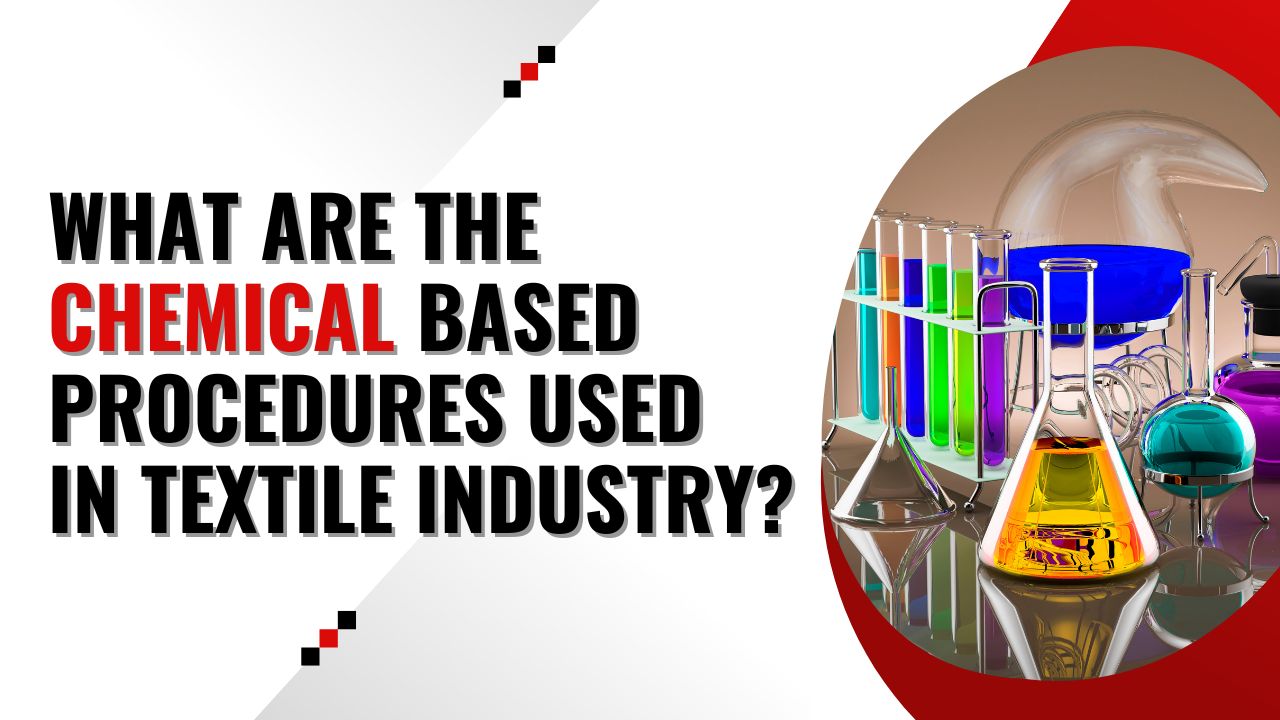Textile manufacturing is a complex process that involves various chemical-based procedures to produce high-quality fabrics. These procedures are necessary to transform raw materials into finished products that meet the desired specifications for strength, color, and texture. In this blog post, we will explore some of the most commonly used chemical-based procedures in textile manufacturing.
Pretreatment: The pretreatment process is the first step in textile manufacturing, and it involves cleaning and preparing the fabric for dyeing and finishing. This process involves the use of chemicals such as surfactants, caustic soda, and hydrogen peroxide to remove impurities and improve the absorbency of the fabric.
Dyeing: Dyeing is the process of imparting color to the fabric, and it involves the use of dyes and chemicals such as soda ash, salt, and fixatives. The type of dye used depends on the fiber type and the desired color fastness properties of the fabric. Different dyeing techniques such as direct dyeing, reactive dyeing, and vat dyeing are used in textile manufacturing.
Printing: Textile printing is the process of applying a design or pattern onto the fabric, and it involves the use of dyes and pigments. The printing process can be done using various methods such as screen printing, digital printing, and roller printing.
Finishing: Finishing is the final step in textile manufacturing, and it involves treating the fabric with chemicals to improve its appearance, feel, and performance. Finishing processes can include anti-static treatments, water repellent treatments, and softening agents.
Flame retardant: Flame retardant chemicals are used to reduce the risk of fire in textile products. These chemicals are applied to the fabric using various techniques such as immersion, padding, or spraying.
Bleaching: Bleaching is a chemical process used to remove color from the fabric, and it involves the use of chemicals such as hydrogen peroxide and sodium hypochlorite. The bleaching process is necessary to prepare the fabric for dyeing or printing.
Mercerization: Mercerization is a process used to improve the luster, strength, and absorbency of cotton fibers. The process involves treating the fabric with caustic soda under tension, resulting in a stronger, smoother, and more lustrous fabric.
Enzyme washing: Enzyme washing is a process used to soften and fade the color of denim fabrics. The process involves treating the fabric with enzymes that break down the fibers and remove the indigo dye, resulting in a faded, vintage look.
In conclusion, chemical-based procedures are essential in textile manufacturing to produce high-quality fabrics that meet the desired specifications for strength, color, and texture. The use of chemicals such as dyes, bleaches, and finishing agents requires careful handling and disposal to minimize the impact on the environment. Manufacturers must follow strict guidelines and regulations to ensure that their processes are safe, efficient, and sustainable.



Post a Comment
Please do not enter any spam links in the comment box.
Thank You